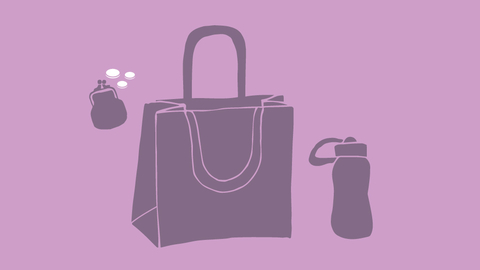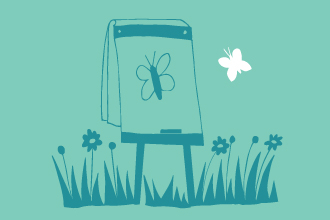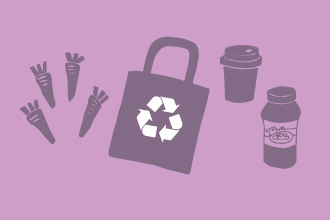
Smart souvenir shopping
It’s easy to be dazzled by all the trinkets on offer to help you commemorate your holiday experiences, but it’s important to be aware of where these items have come from, and to avoid any that harm wildlife.
Many products contribute to the decimation of species and the overexploitation of fragile ecosystems. By avoiding these items, we can collectively stand in favour of eco-friendly choices and reduce demand for environmentally damaging products.
So, follow our handy guide when you are out shopping for your souvenirs and keep wildlife and the environment in mind.
Things to avoid when shopping for your souvenirs
Coral
Coral is made up of tiny animals called ‘polyps’ that secrete a hard skeleton – the parts we recognise as ‘coral’. Growing at a rate of a few centimetres a year at most, coral structures provide food and shelter for countless marine animals. Usually found polished to a shiny, vivid, reddish-orange, coral is popular in jewellery and ornaments. So, look out for it when picking up trinkets, whether from street sellers or in high-end boutiques.
Don’t be tempted to pick up a piece of bleached, dead coral either – many tiny creatures make their homes in the hollows!
Tortoiseshell
This beautifully patterned material is actually the polished shell (or ‘carapace’) of the critically endangered Hawksbill Turtle. This species is particularly threatened by wildlife trade throughout the tropics, despite their protection under CITES and many national laws. Look out for it in jewellery, hair accessories, ornaments and sunglasses.
Shells
Shiny seashells can be tempting, after all, you find empty seashells on the beach all the time! The catch is that a shiny shell usually means that the animal that once inhabited the shell has likely been killed for it. The moment a shell-inhabiting animal dies, the shell tumbles and bumps along the ocean floor, dulling its once-glossy surface. So, it’s best to leave those shells on the shelf – the less demand there is for such products, the less likely they are to be created, saving the creatures from their fate.
As with coral, it’s best to leave empty shells you find on the beach, too – it could be a hermit crab’s dream home!
Dried sea creatures
This might sound a little odd, but dried starfish are often presented painted and disguised for use as ornaments or in jewellery. Keep an eye out for seahorses, too. These creatures have been captured and killed specifically for the purpose of creating these trinkets. So, instead of taking them home, why not experience them in their natural habitat? Try a snorkelling trip and take an underwater photo – a much better and less harmful souvenir!
Other animal products
Aside from the obvious one to avoid – ivory – other animal products can be equally damaging. Teeth, bones, furs, feathers, skins, leather, claws, scales, or even entire body parts are all popular products, sold either as standalone items, or built and moulded into accessories, jewellery and ornaments. As it's not possible to tell whether these items have been ethically sourced, or indeed, if they have come from endangered animals or not, they are best avoided.



